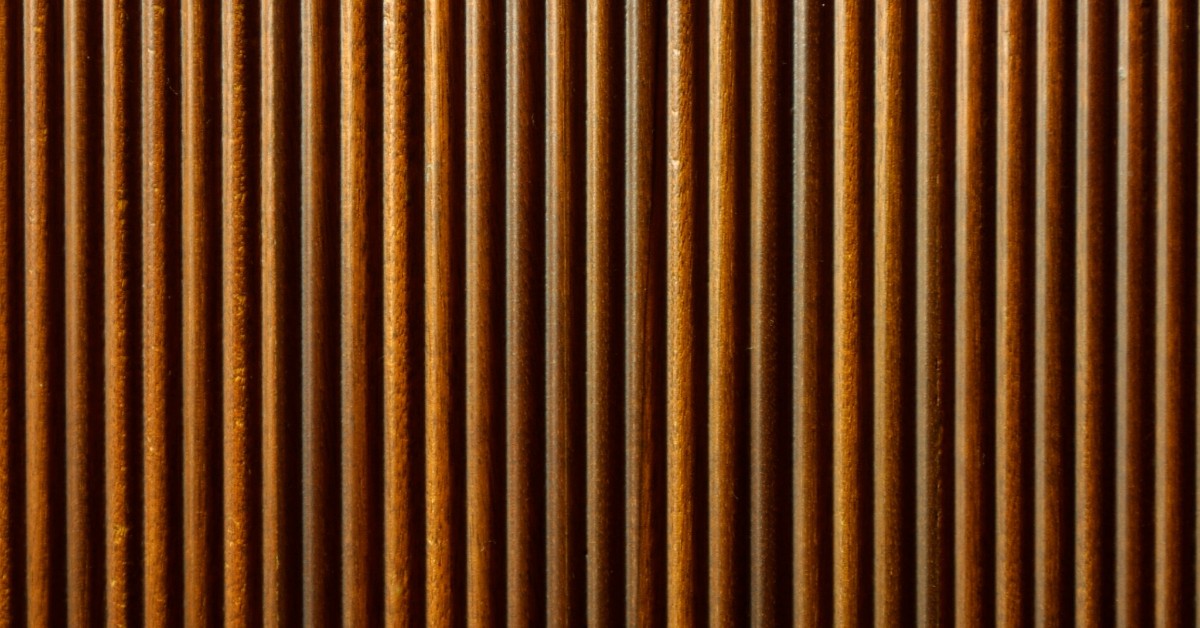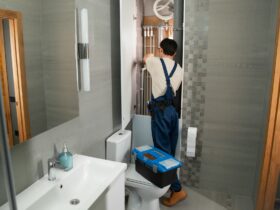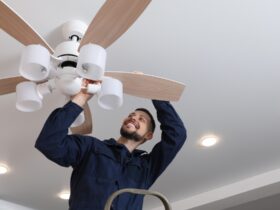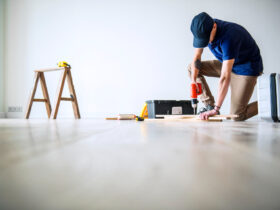Wall panelling has experienced a remarkable renaissance in recent years, transforming from a traditional architectural feature into one of today’s most sought-after interior design elements. Whether you’re drawn to timeless elegance or cutting-edge contemporary aesthetics, there’s a panelling style perfectly suited to elevate your home’s interior.
The Enduring Appeal of Traditional Wall Panelling
Classic wall panelling continues to captivate homeowners seeking sophistication and heritage charm. Wainscoting remains the quintessential traditional choice, typically extending one-third up the wall and finished with an elegant chair rail. This style works beautifully in dining rooms, hallways, and studies, creating visual interest whilst protecting walls from everyday wear.
Raised panel designs epitomise Georgian and Victorian elegance, featuring intricate rectangular frames that cast subtle shadows and add dimensional depth. These panels work particularly well in formal living spaces, creating a sense of grandeur that never goes out of style. When painted in heritage colours like deep navy, forest green, or classic white, raised panels become striking focal points that anchor entire room schemes.
Board and batten panelling offers a more relaxed take on traditional styling, combining vertical boards with horizontal battens for a charming cottage aesthetic. This versatile approach suits both period properties and modern homes seeking rustic character, particularly effective in bedrooms, bathrooms, and coastal-inspired interiors.
Contemporary Innovations in Panelling Design
Modern wall panelling embraces clean lines, geometric patterns, and innovative materials that reflect today’s design sensibilities. Fluted panels have emerged as a standout contemporary trend, featuring parallel vertical grooves that create striking textural interest. These panels work exceptionally well as feature walls, particularly behind beds or in dining areas where they add sophisticated drama without overwhelming the space.
Batten walls represent another popular modern approach, using slim vertical timber strips to create rhythm and height. Unlike traditional board and batten, contemporary versions often feature wider spacing and cleaner profiles, resulting in a more minimalist aesthetic that complements Scandinavian and industrial design schemes.
Geometric panelling pushes creative boundaries with angular patterns, hexagonal shapes, and asymmetric designs. These bold approaches transform walls into artistic statements, particularly effective in modern living rooms, home offices, and entertainment spaces where visual impact is paramount.
Material Innovations and Sustainable Options
Traditional timber remains the gold standard for panelling, with oak, pine, and MDF offering different benefits across various budgets. However, contemporary designers increasingly embrace alternative materials that deliver both style and sustainability.
Reclaimed wood panelling addresses environmental concerns whilst providing unique character through weathered textures and varied grain patterns. Each piece tells a story, making reclaimed timber panels particularly popular in industrial lofts and eco-conscious homes.
Engineered composite materials now offer remarkable wood-look alternatives that resist moisture, warping, and insect damage. These options prove invaluable in bathrooms, kitchens, and basements where traditional timber might struggle with humidity fluctuations.
Metal panelling introduces an ultramodern edge, with brushed steel, copper, and aluminium panels creating striking feature walls in contemporary interiors. These materials reflect light beautifully, making them excellent choices for smaller spaces requiring visual expansion.
Colour Trends and Finishing Techniques
Paint colour choices dramatically influence panelling’s overall impact and style direction. Classic whites remain timelessly elegant, with shades like Farrow & Ball’s Pointing or Little Greene’s Slaked Lime offering subtle warmth that prevents stark clinical feelings.
Dark, moody tones have gained tremendous popularity, with colours like charcoal, deep forest green, and midnight blue creating sophisticated drama. These rich hues work particularly well in larger spaces where they add intimacy without overwhelming the room’s proportions.
Two-tone approaches offer contemporary flexibility, combining neutral panels with contrasting wall colours above. This technique allows traditional panelling to feel fresh and current whilst maintaining its classic foundation.
Practical Applications Across Different Rooms
Living rooms benefit enormously from feature wall panelling, creating focal points behind sofas or television units. Fluted or geometric designs work particularly well here, adding texture without competing with furniture arrangements.
Bedrooms embrace panelling as sophisticated headboard alternatives, with full-height installations creating luxurious hotel-like atmospheres. Soft, neutral colours promote restful environments whilst maintaining visual interest.
Hallways and staircases present perfect opportunities for dramatic panelling installations, with vertical designs emphasising ceiling height whilst horizontal patterns can make narrow spaces feel wider.
Bathrooms increasingly feature moisture-resistant panelling options, with tongue-and-groove designs proving particularly popular for creating spa-like retreats that feel both contemporary and timeless.
Installation Considerations and Professional Guidance
Successful panelling projects require careful planning regarding room proportions, ceiling heights, and existing architectural features. Higher ceilings accommodate taller panels beautifully, whilst lower ceilings benefit from horizontal designs that create width illusions.
Professional installation ensures perfect alignment, proper fixing methods, and seamless integration with existing electrical outlets and heating systems. Quality preparation work, including wall priming and precise measuring, determines the final result’s longevity and appearance.
Embracing Panelling’s Versatile Future
Wall panelling’s evolution from purely traditional feature to contemporary design essential demonstrates its remarkable adaptability. Whether preserving period property character or creating cutting-edge modern interiors, panelling offers endless possibilities for personal expression whilst adding genuine value to any home. The key lies in selecting styles that complement your space’s unique character whilst reflecting your personal aesthetic vision.







Leave a Reply